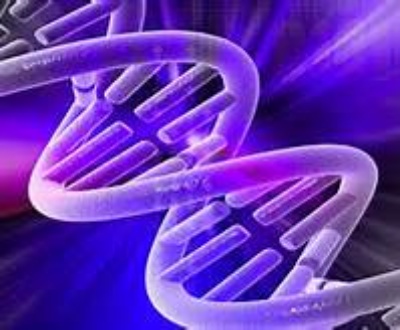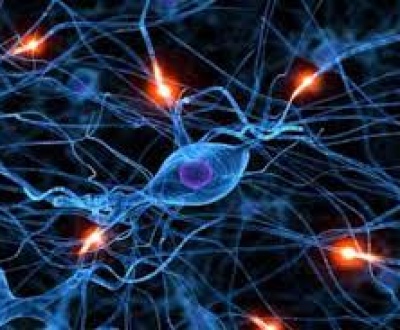The Biological Phenomena
- February 23, 2017
- Richard Eaton
Short-lived electrical events called action potentials occur in several types of animal cells which are called excitable cells, a category of cell include neurons, muscle cells and endocrine cells, as well as in some plants.
These actions potentials are used to facilitate inter-cellular communication and activate intracellular processes. The physiological phenomena of action potentials are possible because voltage gated ion channels allow the resting potential cause by electrochemical gradient on either side of a cell membrane to resolve.
Bio electromagnetism is studied primarily through the techniques of electrophysiology. In the late eighteenth century, the Italian physician and physicist Luigi Galvani first recorded the phenomenon while dissecting a frog at a table where he had been conducting experiments with static electricity. Galvani coined the term animal electricity to describe the phenomenon, while contemporaries labeled it galvanism. Galvani and contemporaries regarded muscle activation as resulting from an electrical fluid or substance in the nerves.
Some usually aquatic animals, such as sharks, have acute bioelectric sensors providing a sense known as electroreception, while migratory birds navigate in part by orienteering with respect to the Earth’s magnetic field. In an extreme application of electromagnetism, the electric eel can generate a large electric field outside its body used for hunting and self-defense through a dedicated electric organ.
The human body uses low sub-harmonic signals to communicate between cells and because our body is a living organism, we attract the low sub-harmonic frequency from the Bio Energy patch. Each energy patch is designed for specific health issues, and is different in frequency programming and only reacts to the health issue you are addressing. The energy patches are programmed with specific sub-harmonic frequencies that the human body can decipher and subtly alter cellular change.
When charged, the Bio Energy patch emits bio frequency energy to ‘resonate’ with the ‘natural energy field’. If you attempt to back this with any kind of theory, then you can find claims that cells ‘resonate’ at a certain frequency and that this frequency has an optimal level and that the frequency can be ‘altered’ via exposure to other frequencies.
If you tap a fork it will oscillate at a certain frequency due to the vibration, and if you then hold this near another fork or a guitar string it will also oscillate at the same frequency – the idea is that your cells can do the same from the Bio Energy patch.
According to Dr. Robert O. Becker in his book “The Body Electric,” the human body has an electrical frequency and that much about a person’s health can be determined by it. Frequency is the measurable rate of electrical energy flow that is constant between any two points. – Everything has frequency.
Dr. Royal R. Rife found that every disease has a frequency. He has found that certain frequencies can prevent the development of disease and that others would destroy diseases. Substances of higher frequency will destroy diseases of lower frequency.
In 1992, Bruce Taino of Taino Technology, an independent division of Eastern State University in Cheny, Washington, built the first frequency monitor in the world. Taino has determined that the average frequency of a healthy human body during the daytime is 62 to 68 Hz.
When the frequency drops, the immune system is compromised. If the frequency drops to 58 Hz, cold and flu symptoms appear; at 55 Hz, diseases like Candida take hold; at 52 Hz, Epstein Bar and at 42 Hz, Cancer appear. Taino’s machine was certified as 100 percent accurate and is currently being used in the agricultural field today.
The study of frequencies raises an important question concerning the frequencies of substances we eat, breathe, and absorb. Many pollutants have low frequencies and cause the bodies healthy frequencies to be lowered and weakened. Processed or canned food has a frequency of zero and tends to lower healthy frequencies within the body towards degenerative diseases.




